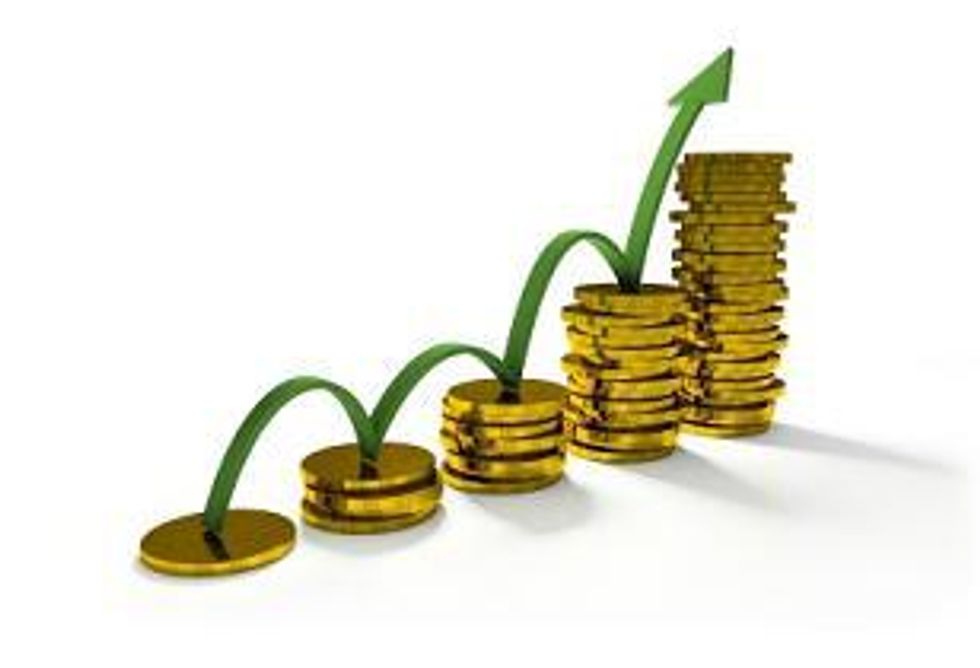Oil prices have risen steadily this quarter. Benchmark crude hit a 26-month high on Monday near $92 per barrel and is forecast by some analysts to be headed to $100, driven by quantitative easing in the United States and as data supporting robust growth in India and China drive demand. Analysts believe OPEC’s evident reluctance to increase output and the prospect of continued dollar weakness add to the case for costlier oil in 2011.
Oil industry stakeholders observed a relatively stable price environment compared with the previous two years, with the benchmark West Texas Intermediate (WTI) spot price of crude oil beginning the year at $81.74 per barrel, slipping to a low of $64.78 in May before climbing to the $92 range. Over the course of the calendar year the price has increased a relatively modest 13 percent; however, some analysts are concerned that prices have jumped almost 30 percent since September which could fuel inflation and impede further global economic growth.
Last year showed a greater fluctuation than the current annualized period with WTI spot prices, beginning the year at $46.17 and climbing to the $80 range during the later half of the time frame. Over the course of the year the spot price of oil increased by almost 72 percent; however this volatility was easily eclipsed by the spot price fluctuation that was present during the market contraction of 2008.
The WTI spot price of crude oil in 2008 began at $97.90 per barrel climbing as high as $145.16 per barrel in mid July before a precipitous decline to a low in December of $32.94 per barrel. For the 2008 calendar year the price declined approximately 66 percent; however from crest to basin the oil price dropped closer to 78 percent.
Recent Movement and Future Outlook
Oil prices have risen steadily this quarter. Benchmark crude hit a 26-month high on Monday near $92 per barrel and is forecast by some analysts to be headed to $100, driven by quantitative easing in the United States and as data supporting robust growth in India and China drive demand. Analysts believe OPEC’s evident reluctance to increase output and the prospect of continued dollar weakness add to the case for costlier oil in 2011. The volume of trading is expected to spike in the first few weeks of 2011, as trading has been especially light during the holiday week. This has historically been the time of year when most traders have solidified investments, typically leaving only those who work for oil producers and commercial refineries, companies that still need to lock in supply contracts with transactions.
OPEC, which supplies about 40 percent of the world’s oil, has not changed quotas since late 2008, when it announced the biggest ever reduction in output as global demand collapsed. According to a Business Week article from earlier this month, OPEC is breaching its production limits by the most it has in six years. The oil cartel pumped 26.78 million barrels a day this year, exceeding the quotas by an average of 1.934 million a day, the highest level since 2004. Options to buy oil at $100 per barrel next December are near a five-month high.
At the beginning of this month, Goldman Sachs Group Inc suggested that crude will average $100 in 2011 and $110 in 2012. In June last year, Goldman had predicted oil would rally to $85 by the end of 2009, although that level was not attained until this April. For its part, JPMorgan Chase & Co. forecasts that oil will average $93 in 2011, an increase from its previous estimate of $89.75, with a 24 month target of $120 before the end of 2012.
International Inventory Declines
Inventories in the Organization for Economic Cooperation and Development (OECD) nations unexpectedly fell in the third quarter, dropping 11.5 million barrels, according to the International Energy Agency (IEA), compared with the five-year average gain of 38.6 million for that period. “Against a backdrop of much stronger-than-expected global oil demand growth and oil prices above two-year highs, OPEC may come under pressure to increase supplies to the market in the new year,” the IEA said in its monthly Oil Market Report.
Higher prices rather than increased production may help Iran, which can not increase output as fast as other nations, and Venezuela, whose heavy crude deposits make drilling more expensive. Iraq will account for 54 percent of the increase in OPEC’s supply capacity in the six years ending 2015, according to the IEA, replacing Iran as the biggest producer after Saudi Arabia.





